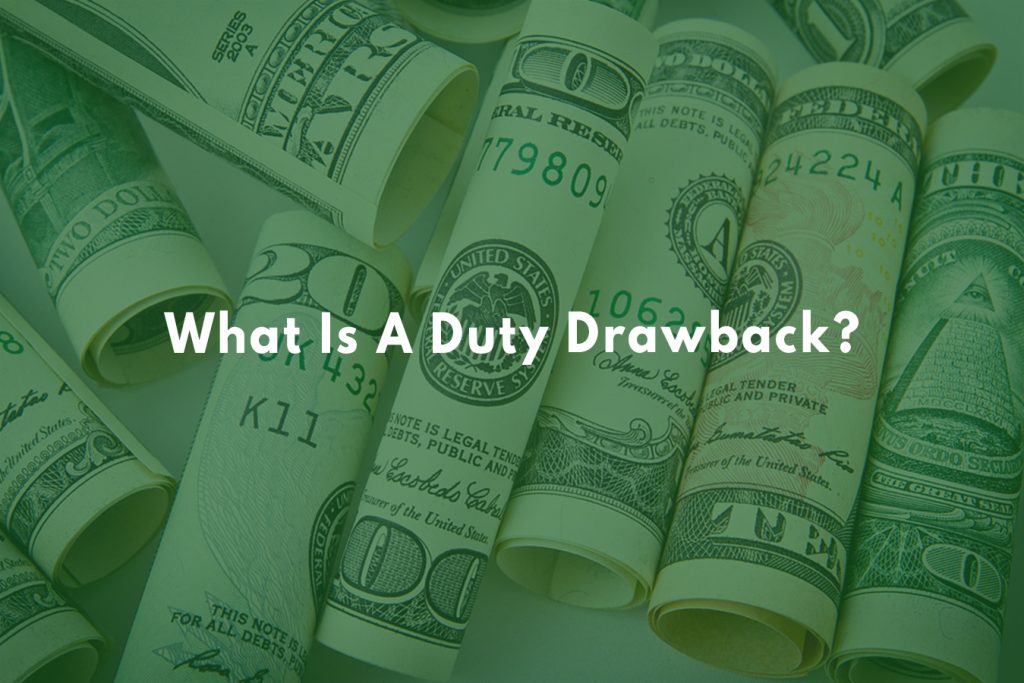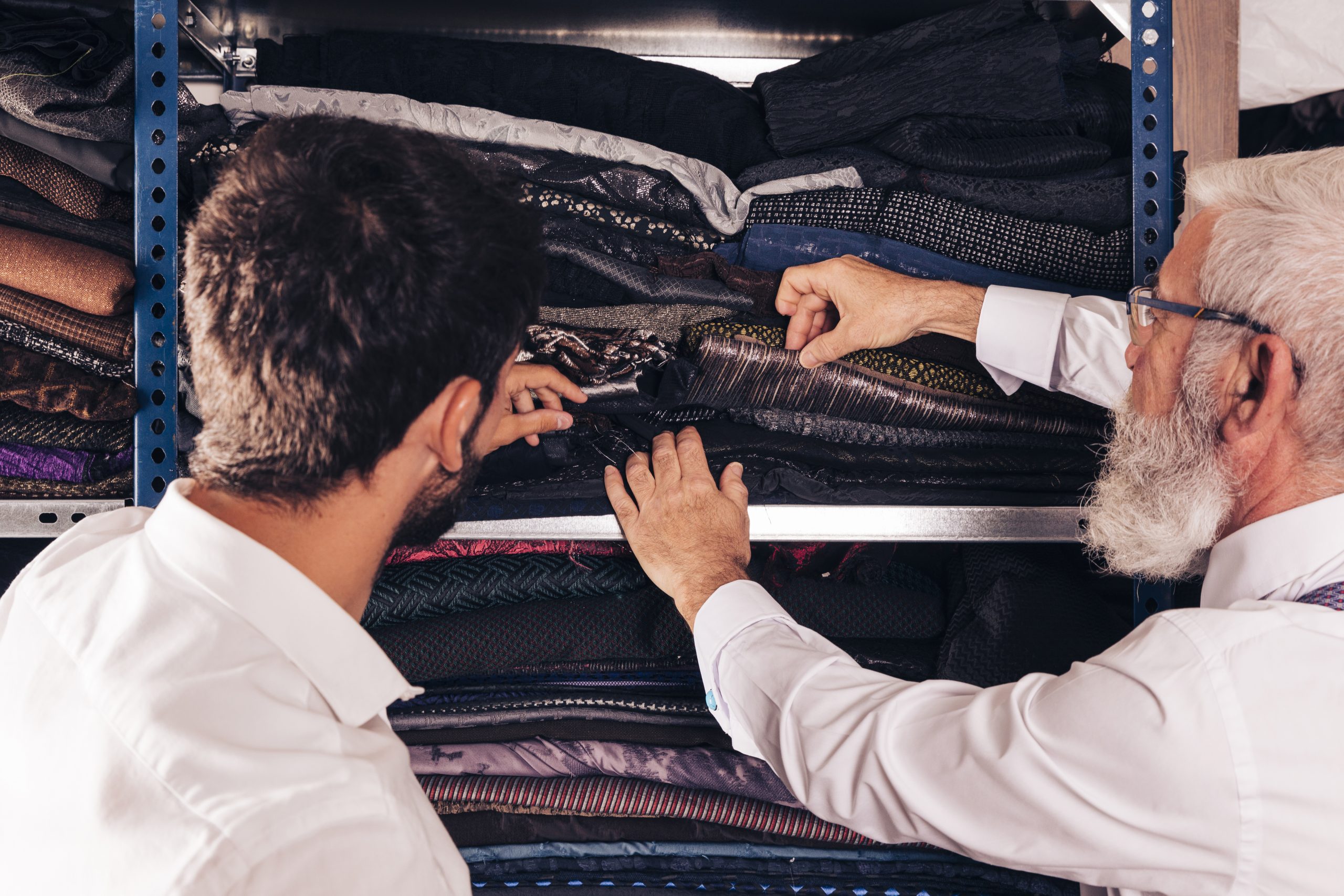With all of the duties and fees one would normally pay out to import goods, it’s nice to know that there’s at least one scenario that can send money back in the other direction.“What is this mysterious refunding of money,” you ask? In the importation business, it’s what’s known as a duty drawback.
By U.S. Customs and Border Patrol’s (CBP) overarching definition, a duty drawback takes place when “certain duties, internal revenue taxes and certain fees collected upon the importation of goods” are returned to someone who has imported items into the country, only to later export them or destroy them while under CBP supervision.
First established in 1789, history has brought upon many changes to the duty drawback as it is defined today, so let’s hit the timeline and take a look…
How Duty Drawbacks Came to Be What They Are Today
Typically, there are four types of duty drawback you could be eligible for, each of which have come as a result of Congress making amendments to pertinent laws over time.
First up is the originator: the Direct Identification Manufacturing Drawback. The initial purpose of drawbacks in general was to assist those importing parts used in the manufacturing of goods for export, so it was put into effect to give homegrown producers a shot in the arm and drum up more trade with other countries.
Today, this drawback entitles importers to 99% of the duties, fees, and taxes paid, but on only the goods that are re-exported, either as part of a shipment of goods to another country or because you’re returning items to your original supplier.
In subsequent centuries, three other types that have popped up, each one also resulting in a return of 99% of any additional payments mentioned above:
- Substitution Manufacturing Drawback: Applies to any imported goods that will be re-exported alongside or incorporated with materials of the “same kind and quality.”
- Direct Identification Same Condition/Unused Merchandise Drawback: An amendment made in 1980, this applies to any imported merchandise that’s either exported or destroyed (again, with CBP supervision) within three years of its date of importation, but hasn’t been used or altered in any capacity between when it arrives and when action is taken.
- Substitution Same Condition/Unused Merchandise Drawback: Another amendment, this time in 1984, allowing for “fungible” goods (items considered mutually interchangeable with other items) exported to recoup the 99%. As an example, if you were to import a set of items and then, within three years, export a domestically produced version of the same item — provided the exported item is in the same condition as the originally imported item and hasn’t been used in United States during the outlined period.
Filing for Your Duty Drawback
Out of these four specific types of drawbacks, there are different sets of applications that will be required in order to file successfully.
Regardless of the type of duty drawback for which you’re filing, your mandatory documentation will need to include:
- Your import purchase order
- Your commercial invoice
- An Entry Summary (Form CS 7501)
- A Certificate of Delivery for the Purposes of Drawback (Form CS 7552)
If the items in question apply for Manufacturing Drawback, you’ll require:
- An Accelerated Payment Privilege, to be filed with CBP, in order to receive payment
- A Manufacturer’s Drawback Ruling, to link any exported items with their originally imported source
If the items in question, however, fall under either the Unused Merchandise Drawback or Unused (Rejected) Merchandise Drawback categories, you’ll require:
- An Accelerated Payment Privilege
- A Waiver of Prior Notice, to expedite future exports without CBP supervision
- A One-Time Waiver of Prior Notice, to retroactively file drawback claims from previous years, while still eligible, of which CBP was had not been notified
- For substitution drawbacks only, a Commercial Interchangeability Ruling, in order to establish that your goods are considered fungible
Are There Any Drawbacks to Duty Drawbacks?
Admittedly, reclaiming your drawback funds isn’t exactly the easiest process — so much so, in fact, that CBP puts out a bold-faced warning on their website that “the process of filing for drawback can be involved and the time it takes to receive funds can be lengthy.”
For this reason, of the nearly $3 billion is drawback funds that are available each year to American importers, on average, roughly $600 million of that is actually paid out.
Consider the flipside of that, though: that means somewhere in the ballpark of $2.4 billion in drawback funds go unclaimed each year, meaning not filing could potentially stand to leave a significant chunk of your change sitting on the table.
Missing out on money that you’re entitled to and that can help your importation operation? Contact us today so we can help you determine what type of duty drawback you’re eligible for and guide you through the process of assembling the right paperwork.






